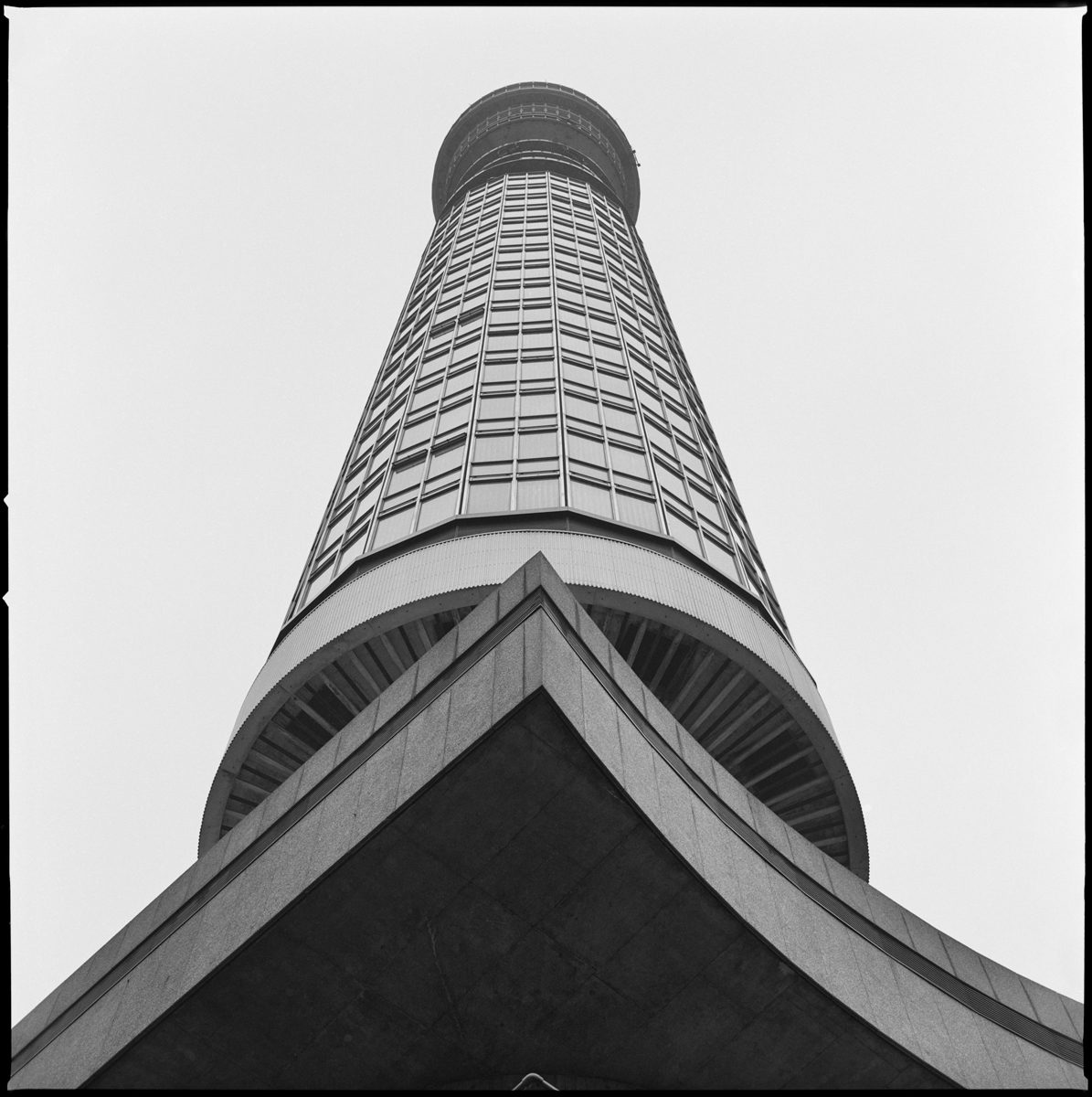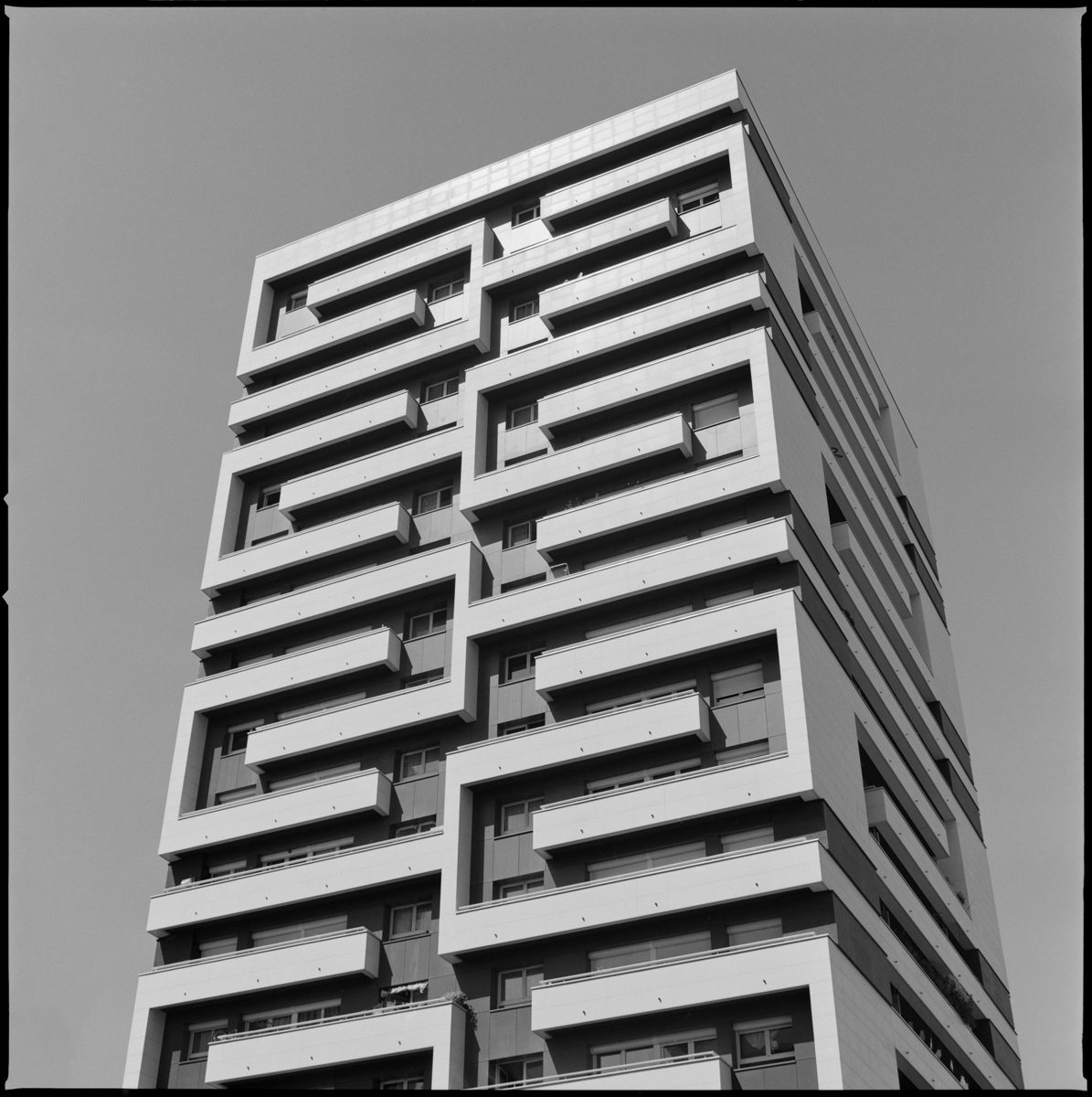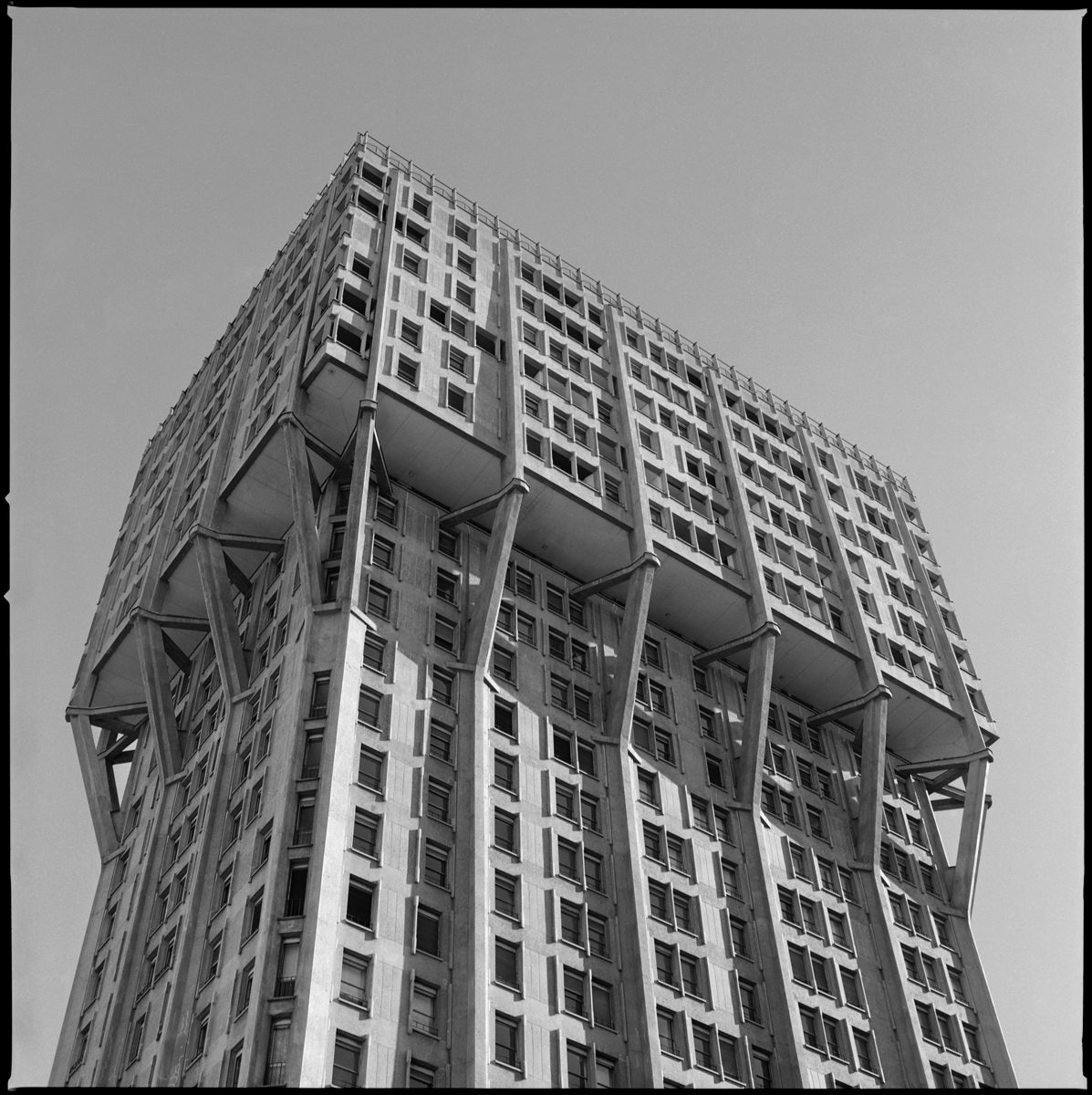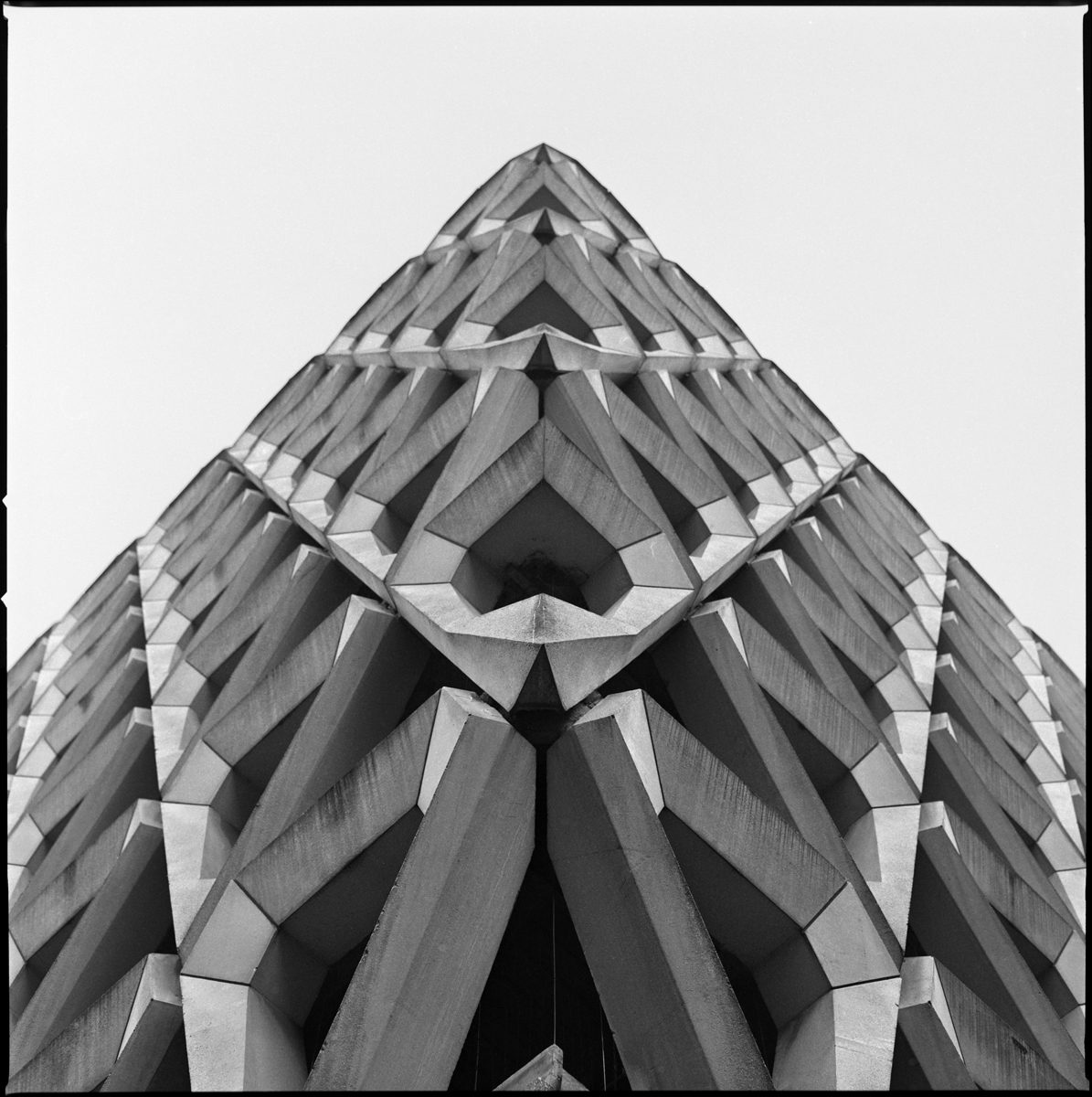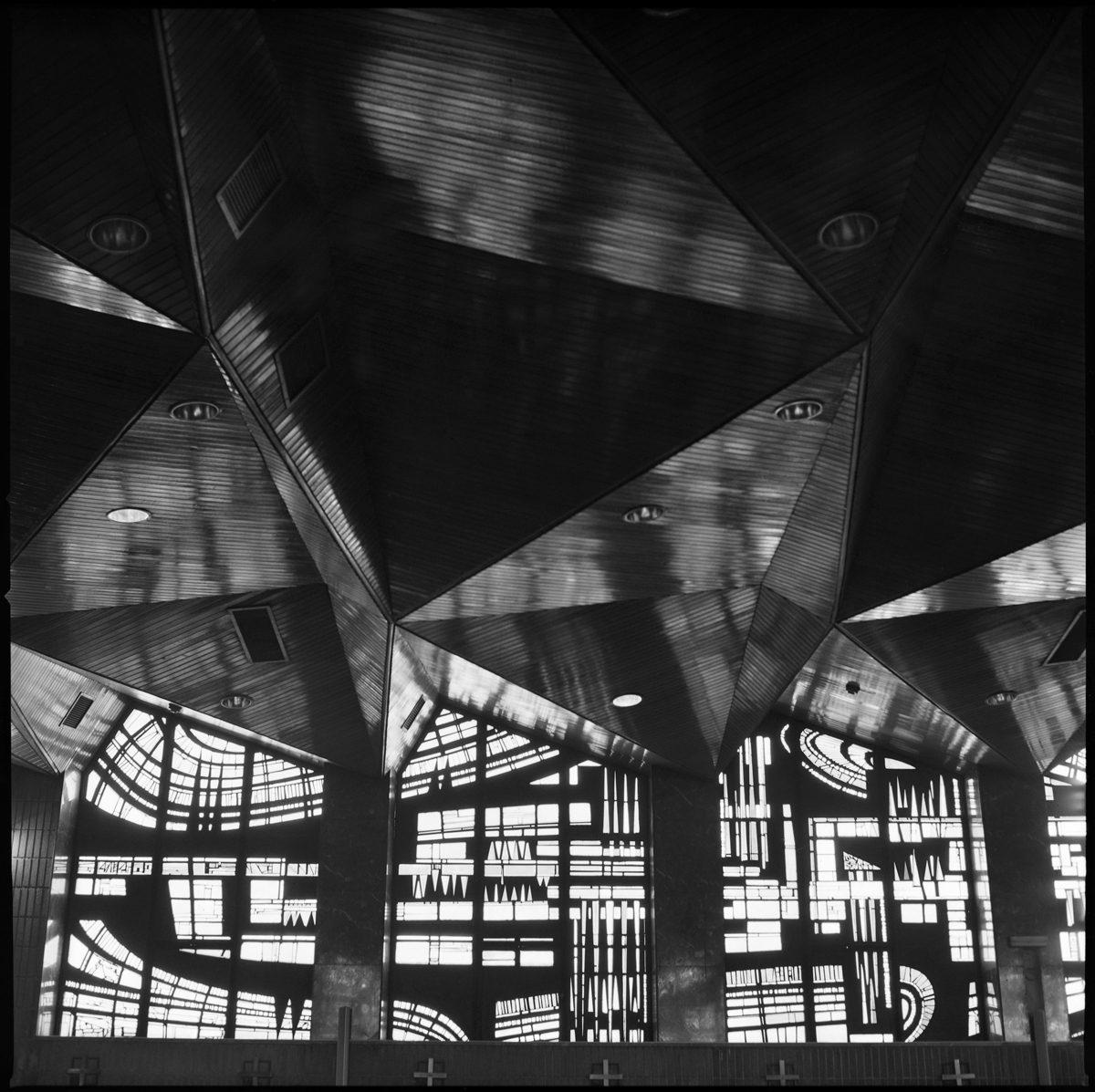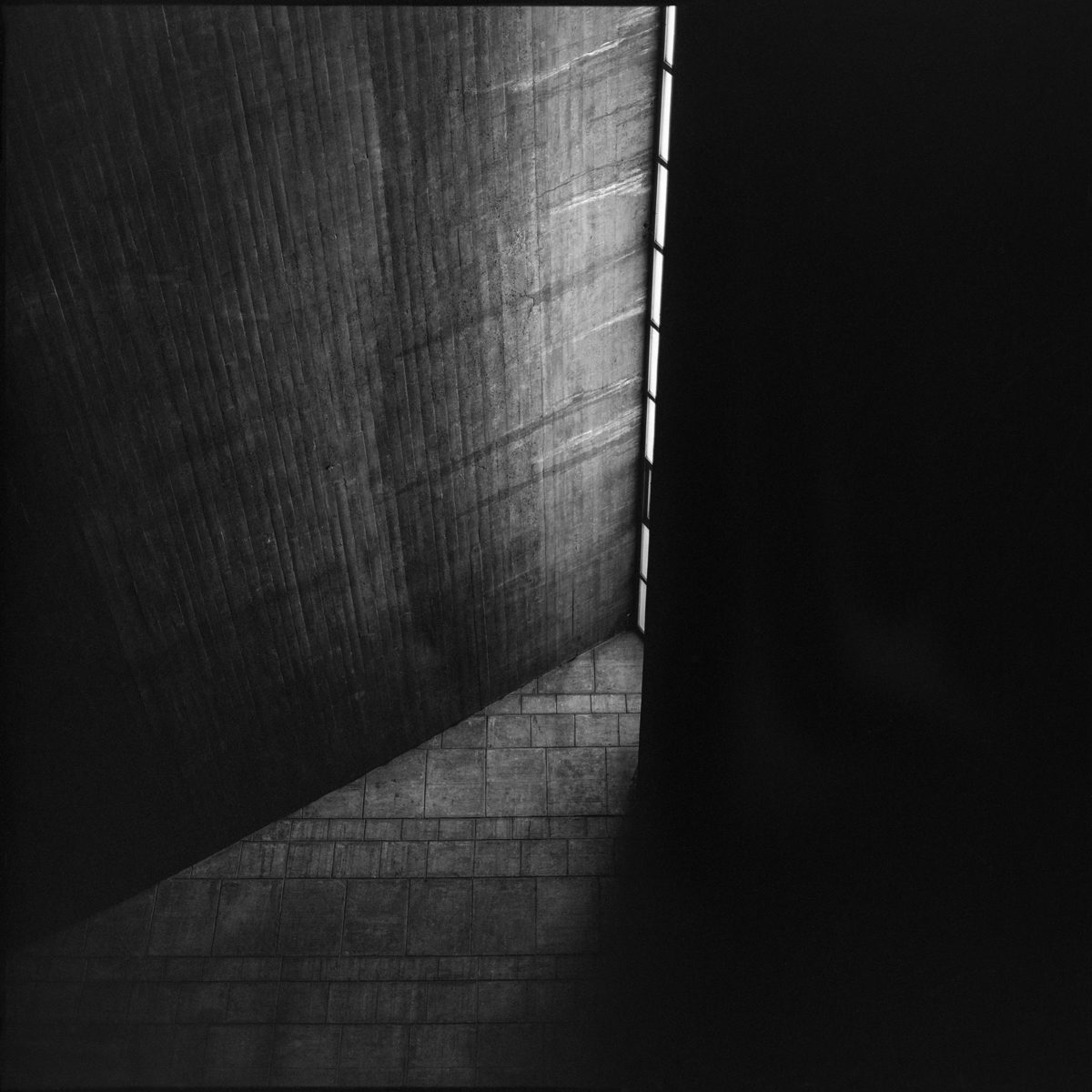Concrete Photography Posted On 3rd August 2023 To Magazine & Stories

'Architecture is the masterly, correct and magnificent play of volumes brought together in light'. Le Corbusier, 1920
Concrete Photography
Brutalism as a style has received bad press. When we first hear the term, we all feel a logical rejection. The handbooks go on to explain that it comes from the French term béton brut, although the inventors of the term undoubtedly played on confusion, leaving an after-taste of je m’en fous, of bloody-mindedness, not giving a damn, in short. As a movement, as an attitude to confront architectural fact. It was born around the fifties, and it claimed the use of materials as they were, without altering them. With sincerity, as architects like to say. For the Brutalists, or New Brutalists, as they were called when they were born in grey post-war England by the Smithsons and the pen of Reyner Banham, concrete was the perfect material: cheap, malleable and durable. They did not reject other materials (brick, metal and wood), but always used them as they were, naked in their materiality.
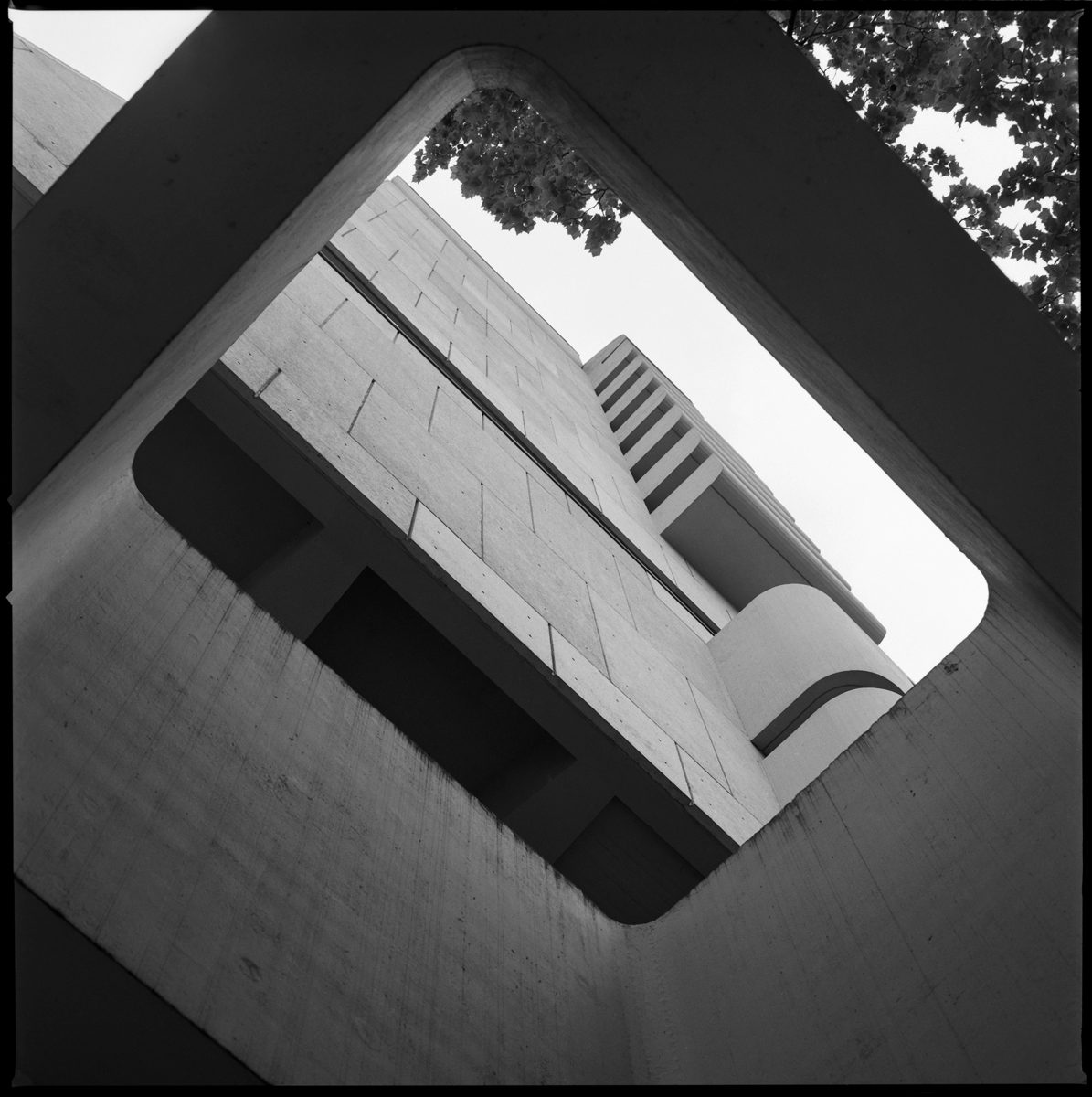
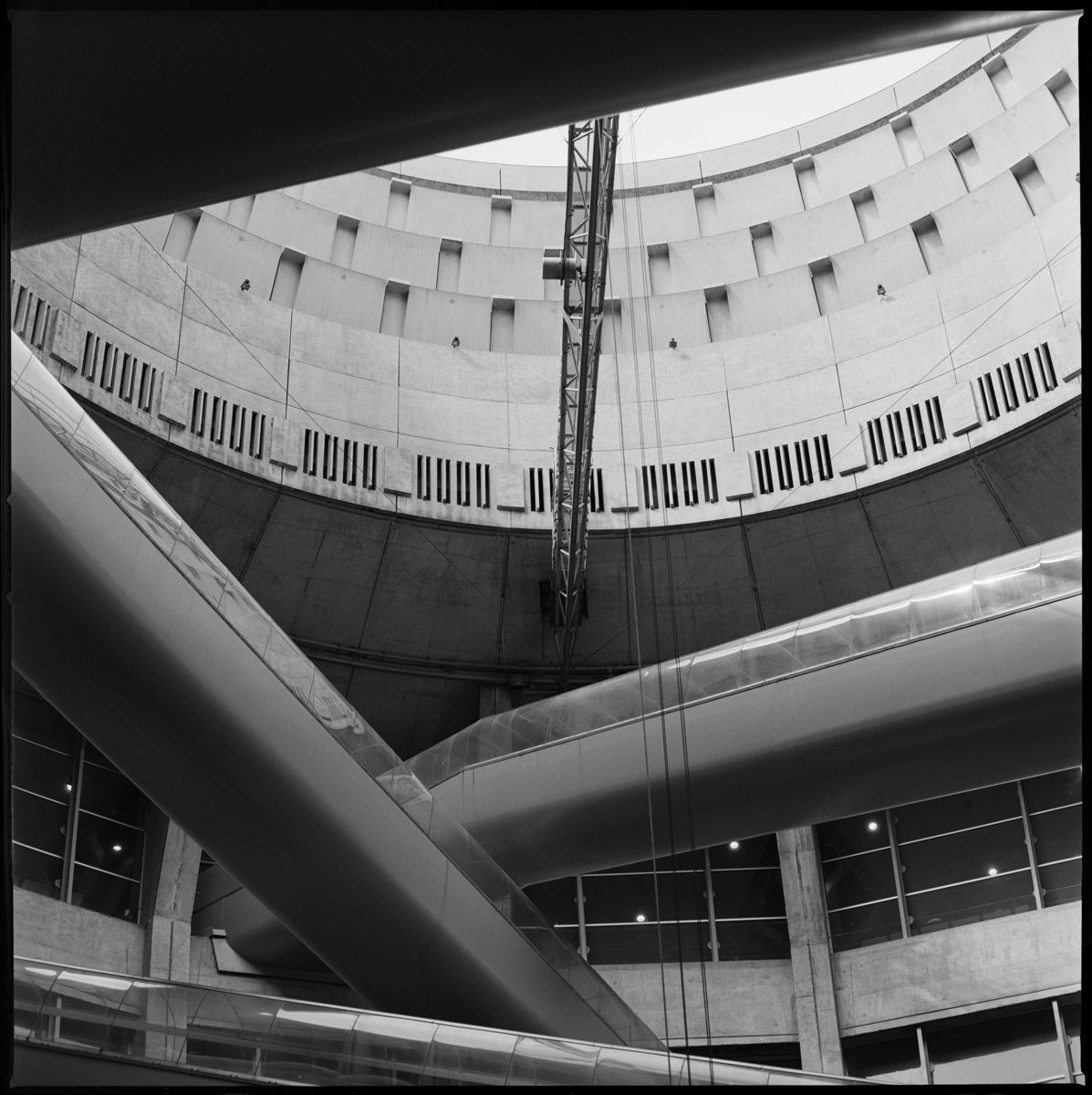
Cement Slurry
Like a cement slurry, its influence spread across the world, from north to south and from west to east. Not necessarily in that order, invading the two blocks that divided it at the time. Until the 1970s, Brutalism left us with a large number of buildings, each time on an increasingly impressive scale. Today, its imprint can still be traced in every country, in almost every city, with distinctive regional and personal touches.
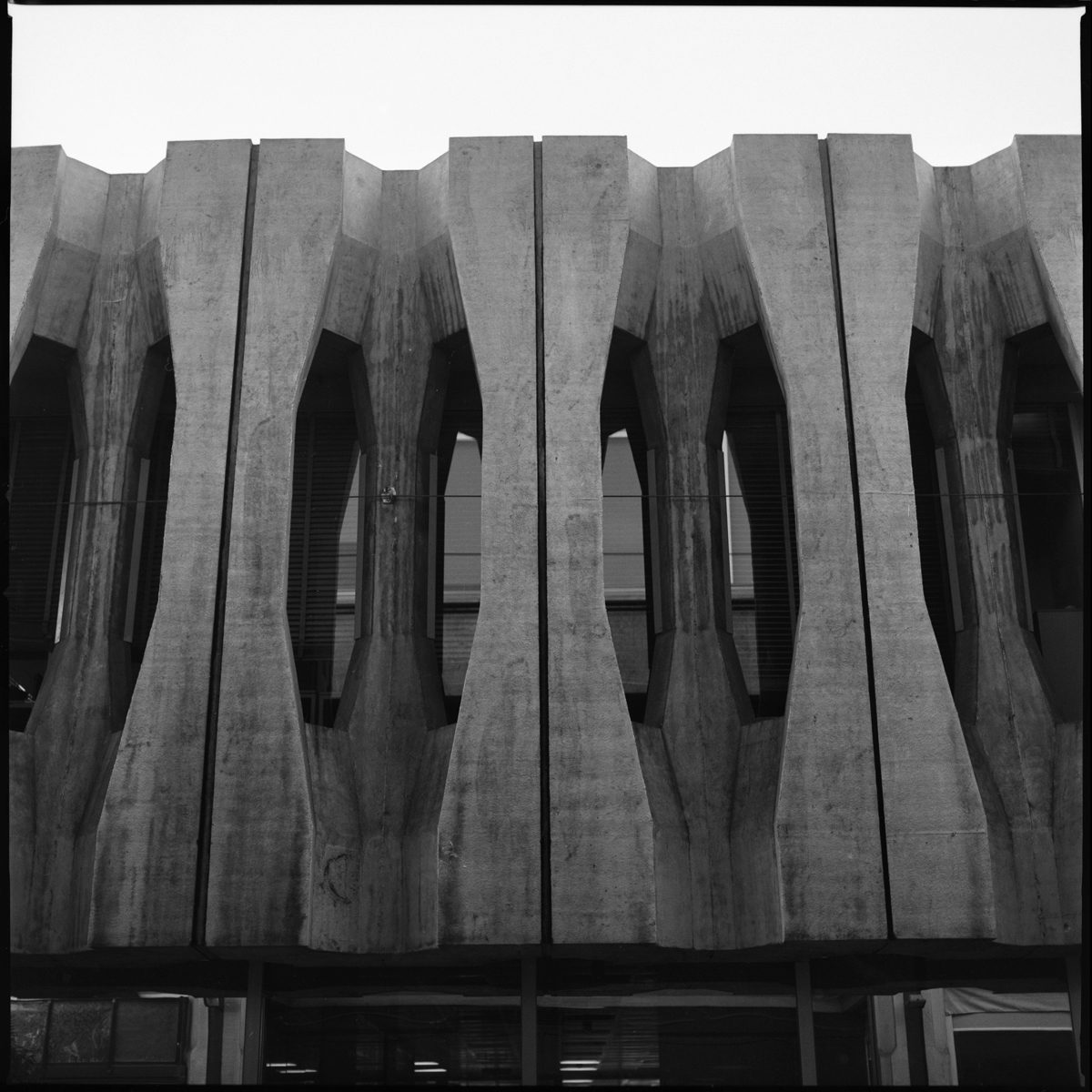
A Better Life
In the late 1970s it fell into crisis, along with the values of utopian modernity that claimed a better life for citizens, beset by rampant individualistic liberalism. Brutalist buildings became stigmatised, caricatured for their inhuman scale and the social issues arising from a rather schematic approach to people’s lives (work, consume, rest), echoed in vast isolated tracts of urban land dotted with poorly maintained public housing estates, already turned into ghettos.
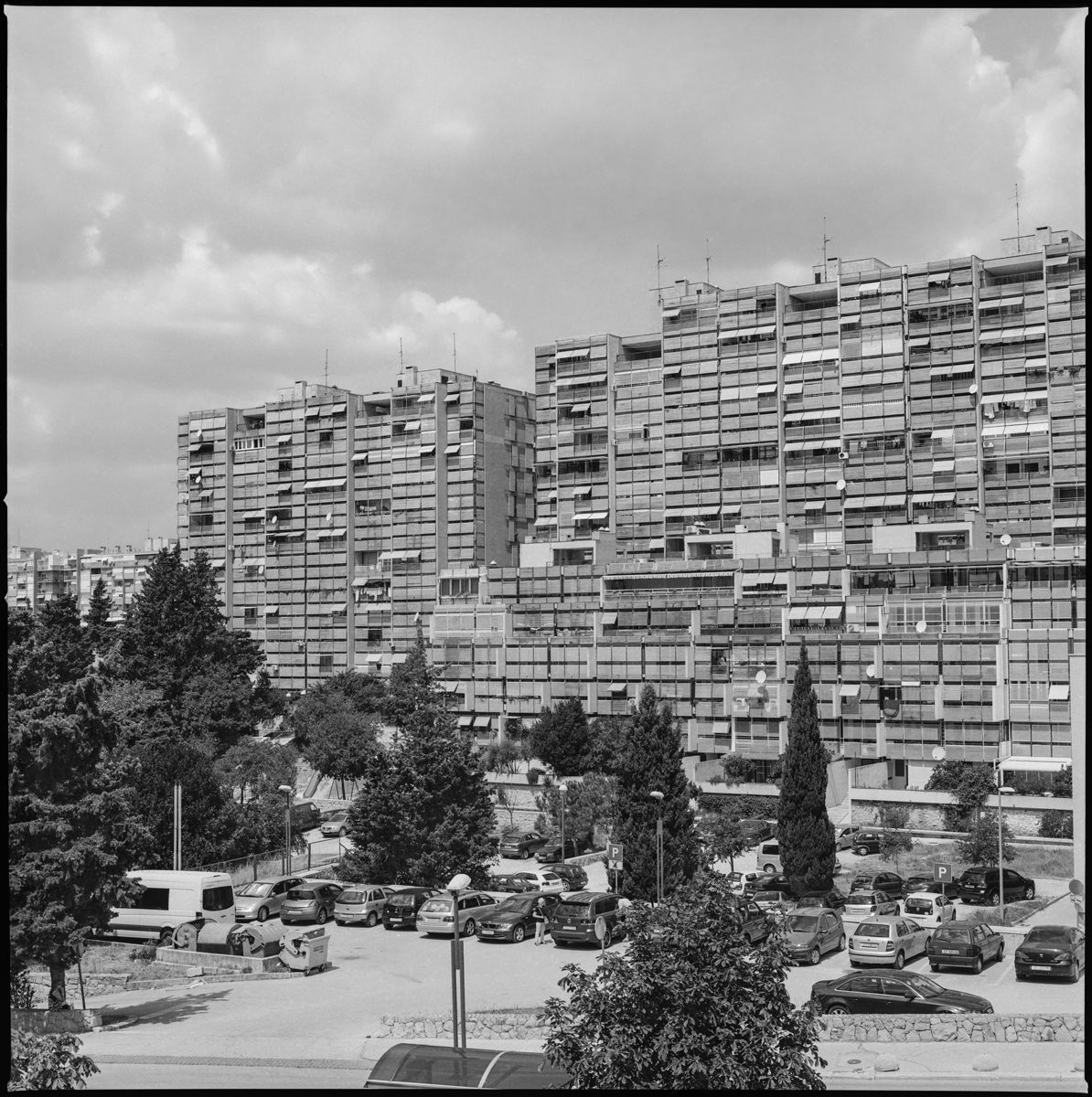
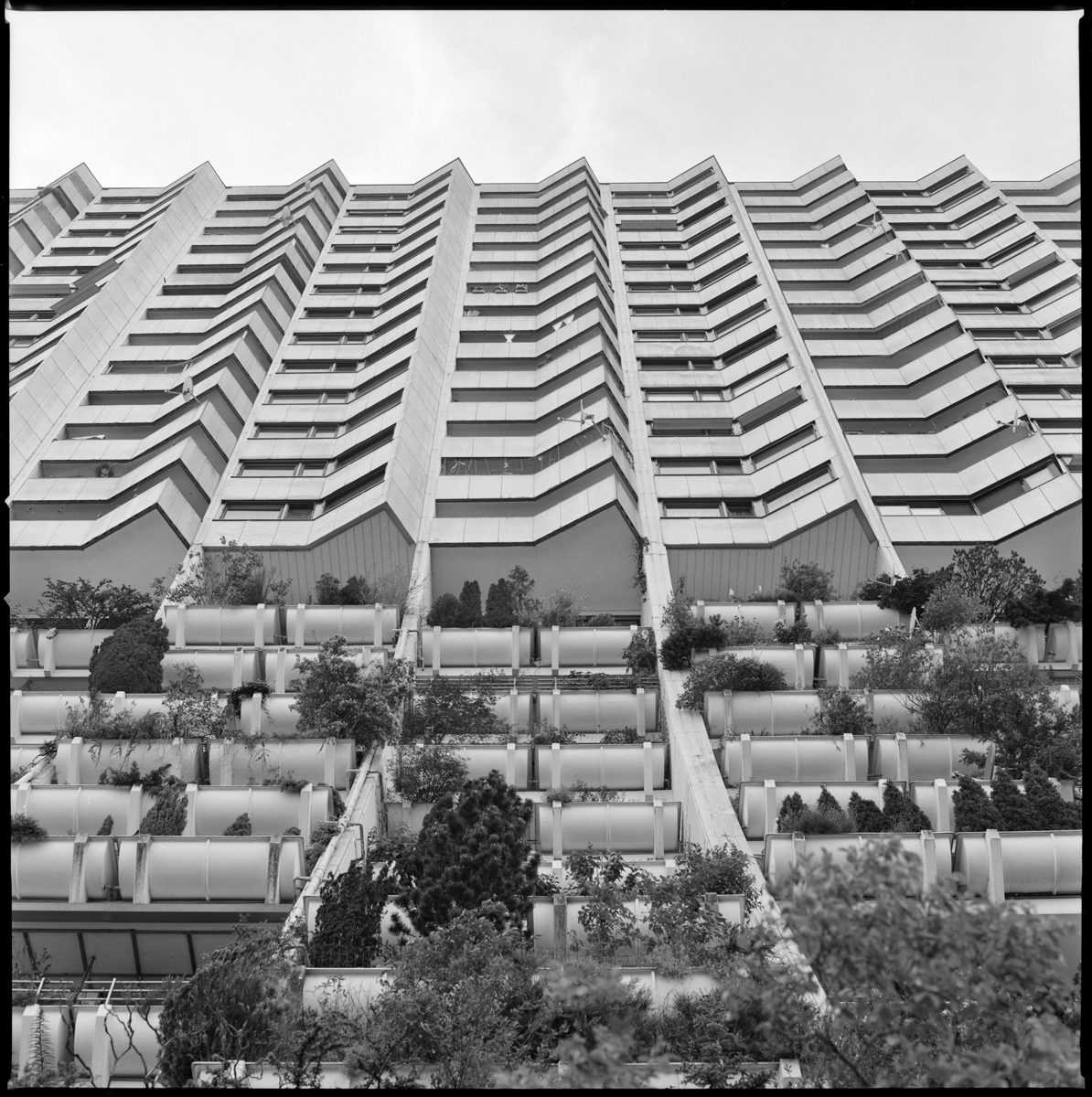
Zeitgeist
Only recently has the style been revived, partly due to a certain nostalgic feeling for its optimism, partly for its graphic value due to its imperative presence. It has thus abandoned its marginal status in the heat of a certain social and aesthetic gentrification. Stripped of the original Zeitgeist, new works by contemporary architects and a certain artistic outlook both seem influenced by its forcefulness, firm as the utopian vision that inspired the movement, while many of its best examples are disappearing, beset by an old ‘brutal’ hatred.
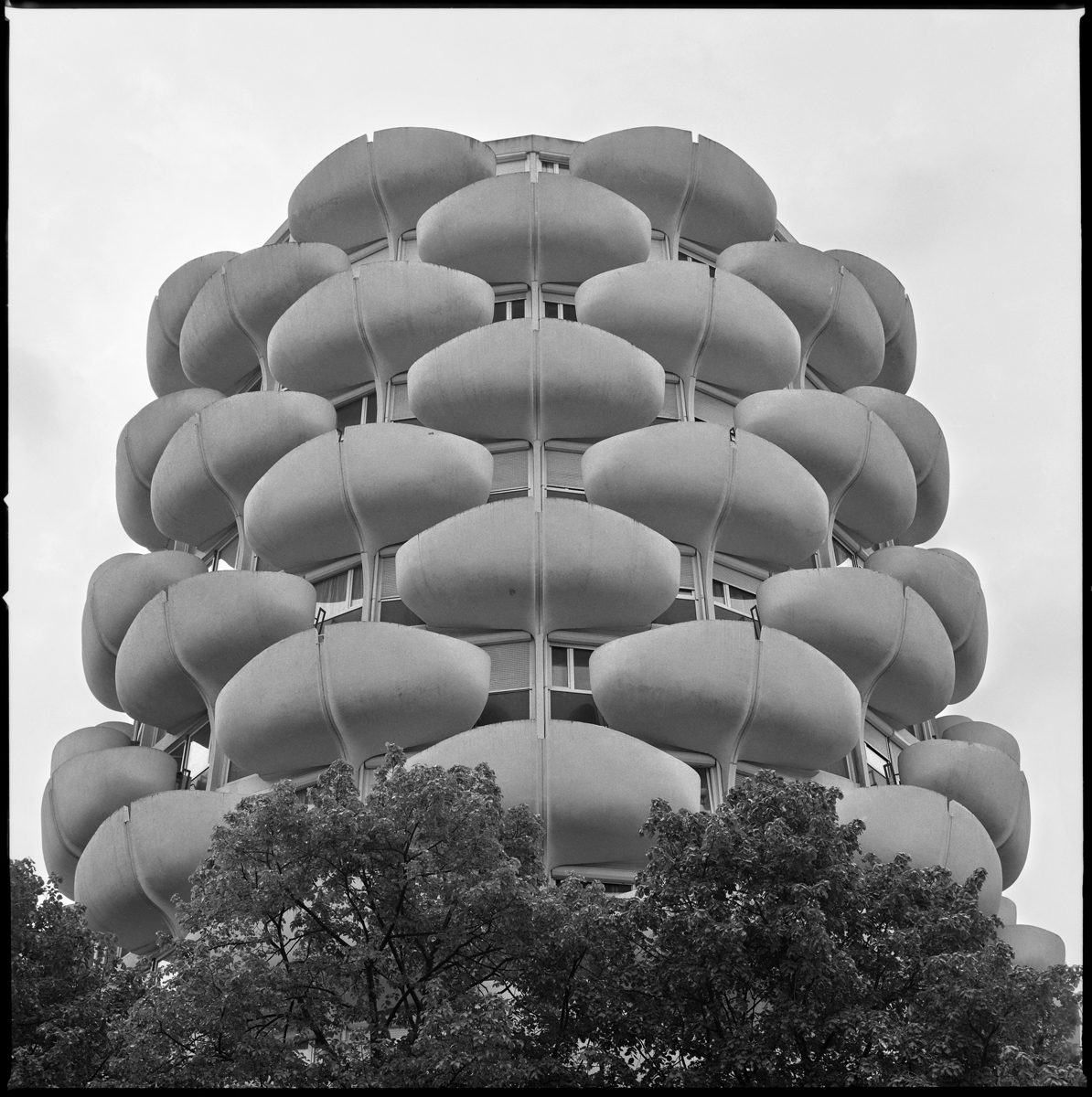
Fascination Of The Unknown
Brutalismus portrays Brutalist and modernist buildings in Spain, France, the United Kingdom, Italy, the Czech Republic, Slovakia, Croatia, Austria and Luxembourg, located in cities large and small, some famous and others barely known. To capture these constructions in images, I decided to go back, at least technically, to those years between the fifties and the seventies when they were created.
I used a Hasselblad 500 C/M from 1973, looking for a different perspective, discovering these buildings with the fascination of the unknown, of the first contact with them, trying to convey their scale, texture, geometry and light. When they were built, these buildings were photographed with a utilitarian meaning. From a cold, professional architectural gaze that showed the dissection of spaces or the plans laid out in elevation. It would be impossible to go back to this optic. This is because the previous photos conveyed it better, and with the buildings spotless, ready to move into.
Lost In The Details
Another photographic gaze is the one that gets lost in the details and looks only for the graphic resource to compose an image, without paying particular attention to the building itself, which becomes an interchangeable motif. I try to situate myself in a dangerous middle ground, like the film format used by the Hasselblad; at a point that may not please either side. Isolated, like the building itself, which I attempt to detach from its context. This gives it a timeless feel. My photographs could have been taken at any time since construction, with the patina of the years revealing the decades that have passed. There are, of course, elements that appear to reveal the magic trick, the suspension of time: a car here and there, a sign or that damned graffiti staining the delicate texture of wood-grained formwork.
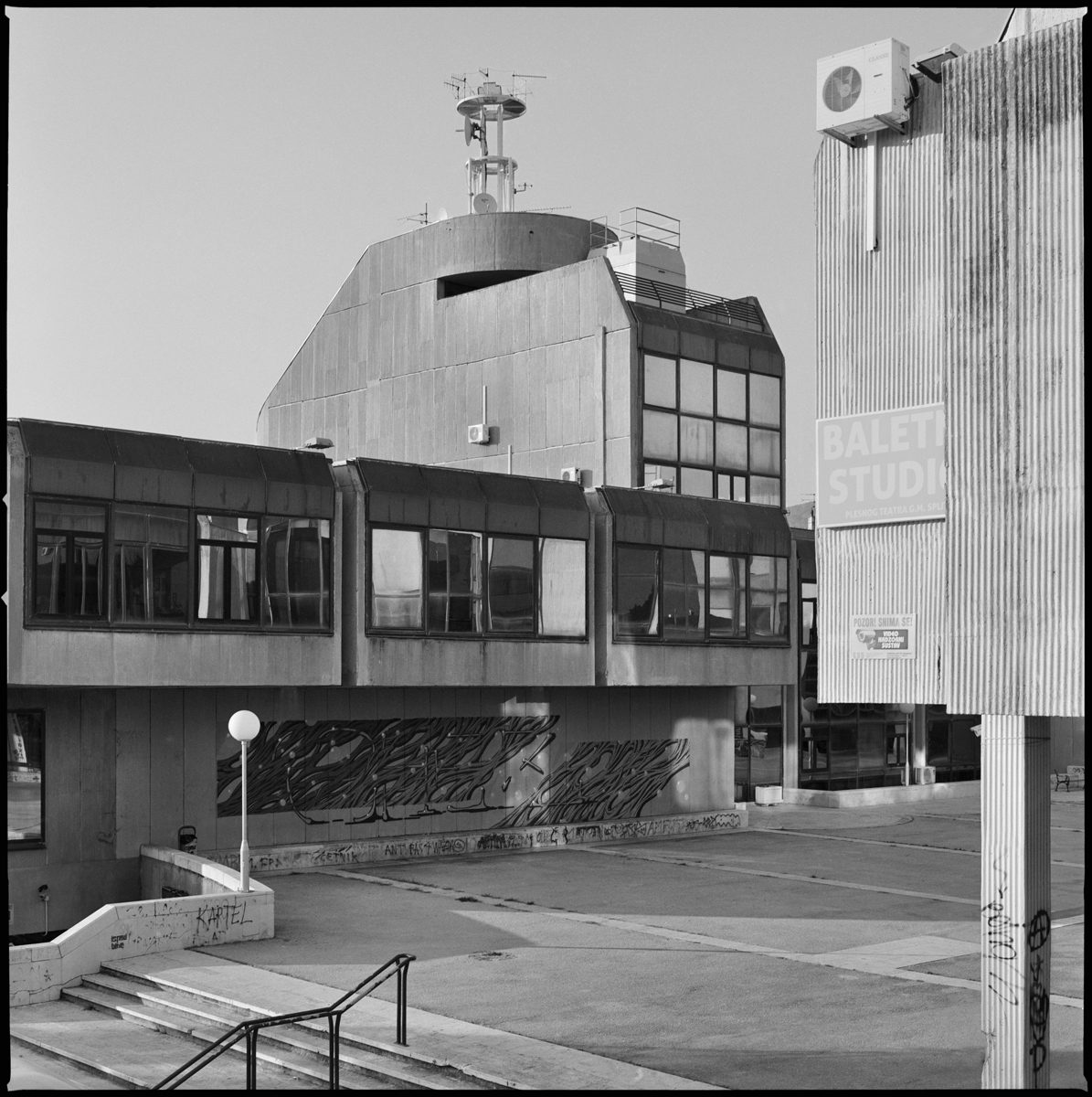
Completely Unique
But, why Brutalism? Why not photograph modernist mansions and Romanesque chapels? This series was born out of fascination and pragmatism. Fascination for a building: Torres Blancas, by Sáenz de Oiza, in Madrid. The origin of it all was one of those sweltering summer afternoons in Madrid, back in 2015. Before catching a bus from Avenida de América station, when the heat was beginning to ease with the intense red light of the sunset, and as I had plenty of time, I decided to go to the neighbouring Torres Blancas. A building that had attracted my attention since I was a child, when we would approach Madrid on the road from Zaragoza. On that subject, another special sight that surprised me in those younger years was located a few hundred metres before: the Fisac Pagoda, sadly demolished with the speculative fury of the turn of the millennium.
Going back to that June afternoon, when I arrived there was a wonderful light; heavy and soft at the same time. I took two or three photos with the Hassel, and when I developed them I was surprised at how the relief of the cement had been impressed and how the saucer shapes seemed to detach from the finial. The wonderful thing about this building is that every time you go it offers you a new face, it is infinite. After reviewing a lot of publications on Brutalist architecture, we can conclude that it is completely unique. No building compares with it and I can think of no better way to open this book.
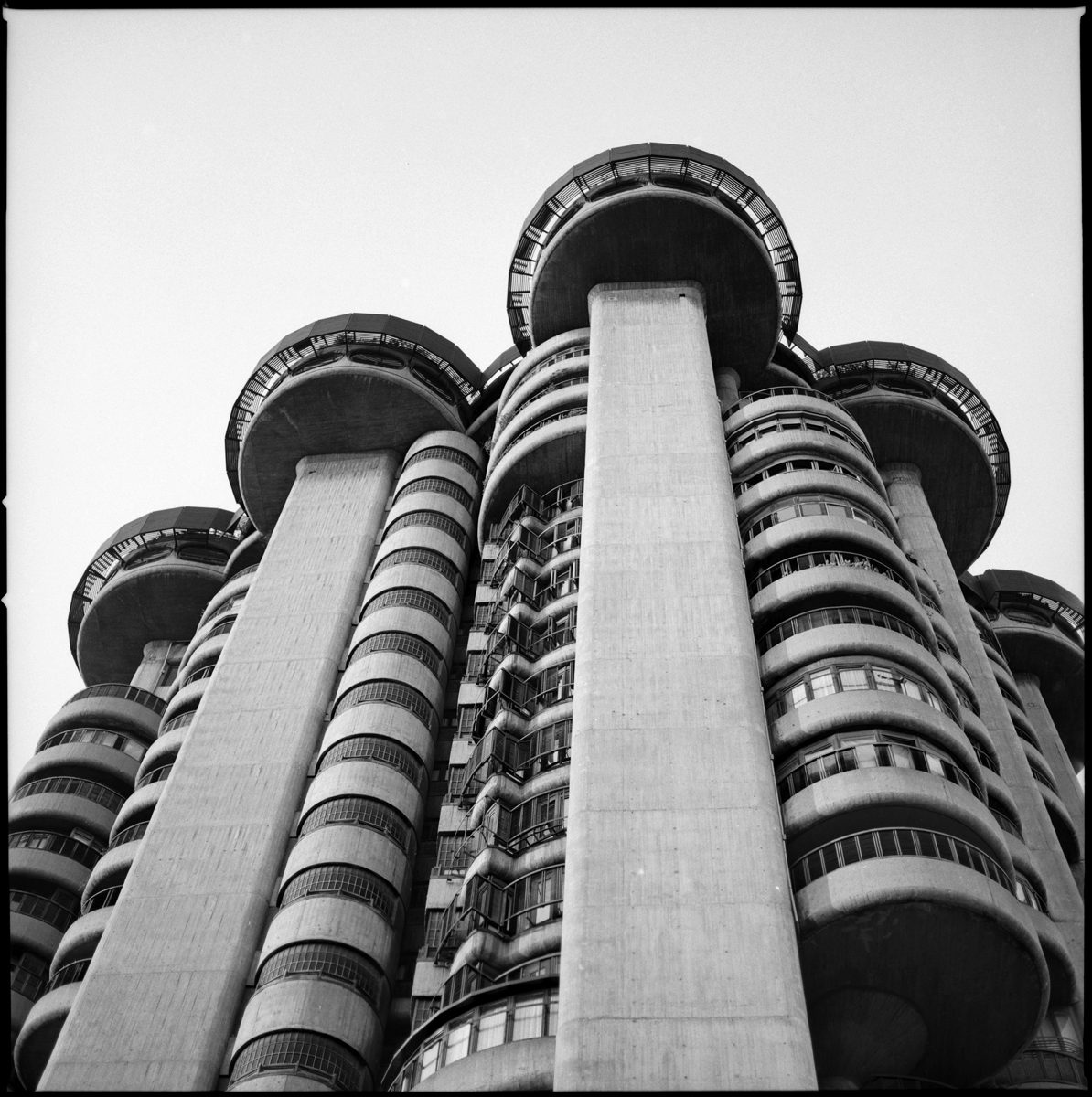
The Series Grew
After that development came the revelation. The style was tremendously photogenic, but to portray it one had to move away from what was easy. The gloating of its decay and the pornography of its alignment. I spent my time researching books, articles, authors and places. The most surprising thing was that it was there, in almost all those place, to varying degrees, ready to be explored. The trips became the perfect excuse to visit dozens of buildings I had marked on the map following arduous research. Surprise was around every corner, in the magnitude of scale, in the caress of light on texture, in the volume of geometries or in the detail that goes unnoticed. With the collector’s patience and passion, the series grew and acquired a sense of sequence, comparison, similarity and contrast, constrained to the squareness of the format and the circle of the analogue grain.
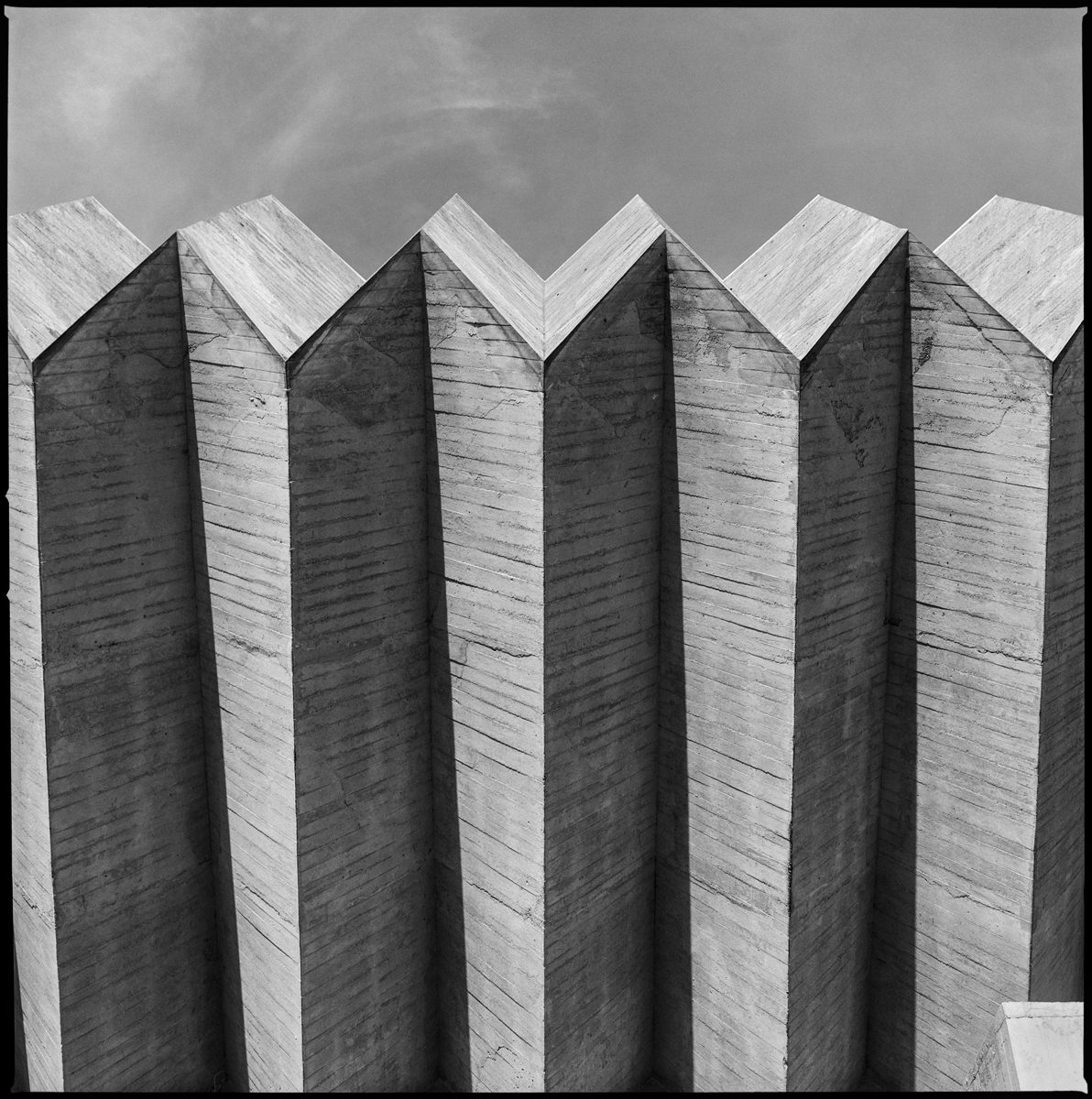
The Eye Of The Passer-By
With the succession of images, the camera’s gaze thus becomes the eye of the passer-by who suddenly discovers these buildings, looks up and appreciates them, in many cases for the first time. This is the aim of my photographs: to turn our eyes towards previously neglected or ignored works. At least with the intention of re-evaluating them. Whether they deserve preservation or destruction is a matter for another debate, and all the more so in this age of volatile taste that seems to observe their bare optimism somewhere between contempt and fascination.
The BRUTALISMUS Series
The BRUTALISMUS series was shot between 2015 to the present day using a Hasselblad 500 C/M camera, Carl Zeiss Planar 80mm f2.8 lens, ILFORD FP4+ film and ILFORD ID-11 developer.
©Carlos Traspaderne
About The Author

Carlos Traspaderne
Carlos Traspaderne (Logroño, 1983) is a Spanish photographer who specializes in historic photography. He only shoots with film cameras and has published two books with analog works, BRUTALISMUS and Riberia.
BRUTALISMUS, the book: https://www.alohaeditorial.com/#cc-m-product-12388344112
BRUTALISMUS, the blog: modernbrutalismus.tumblr.com
Instagram: @charlystardust







